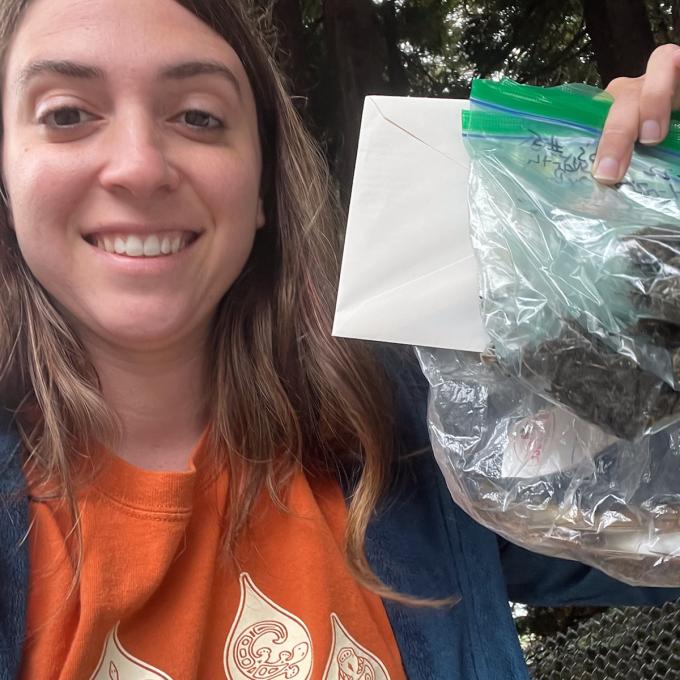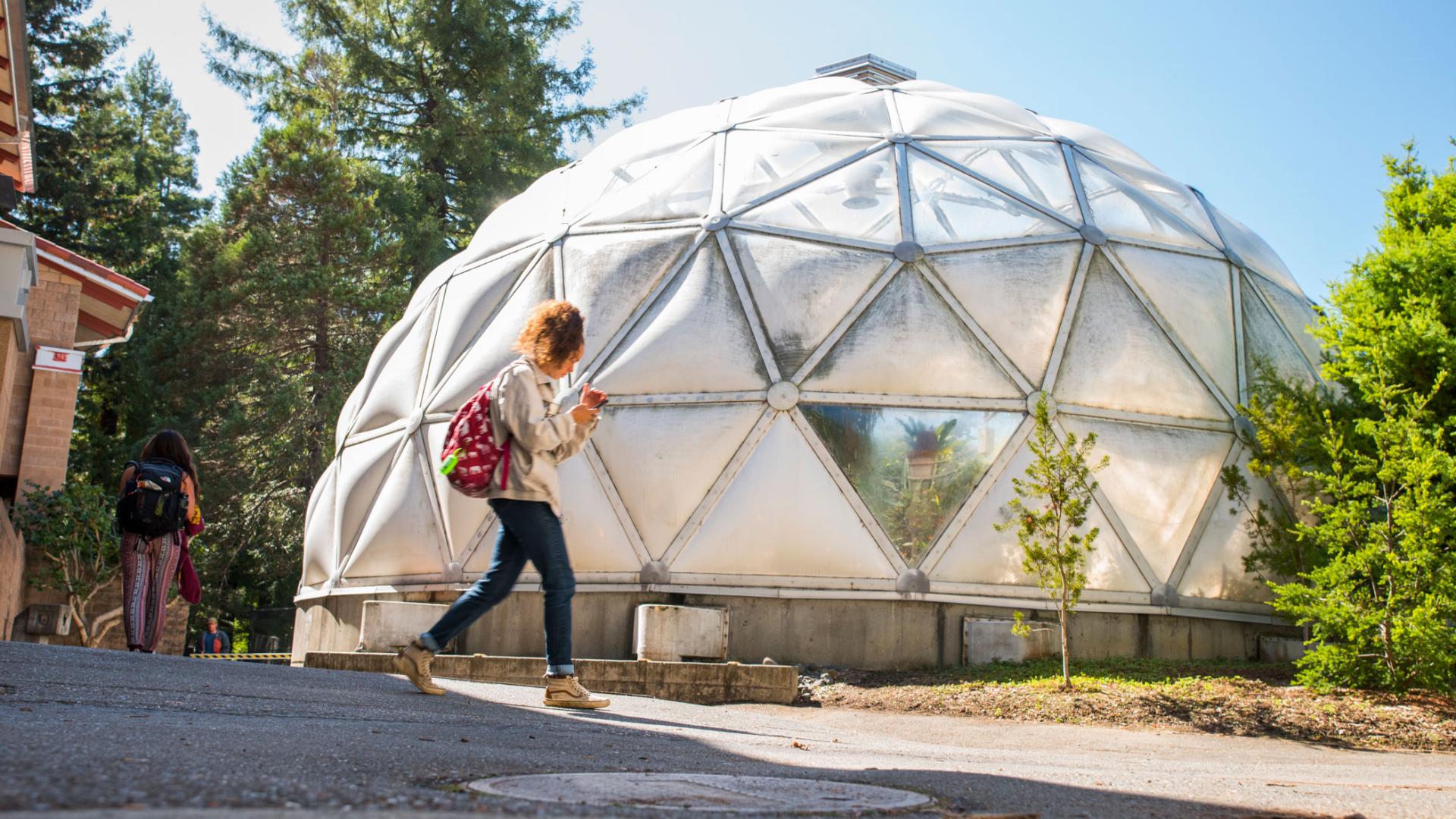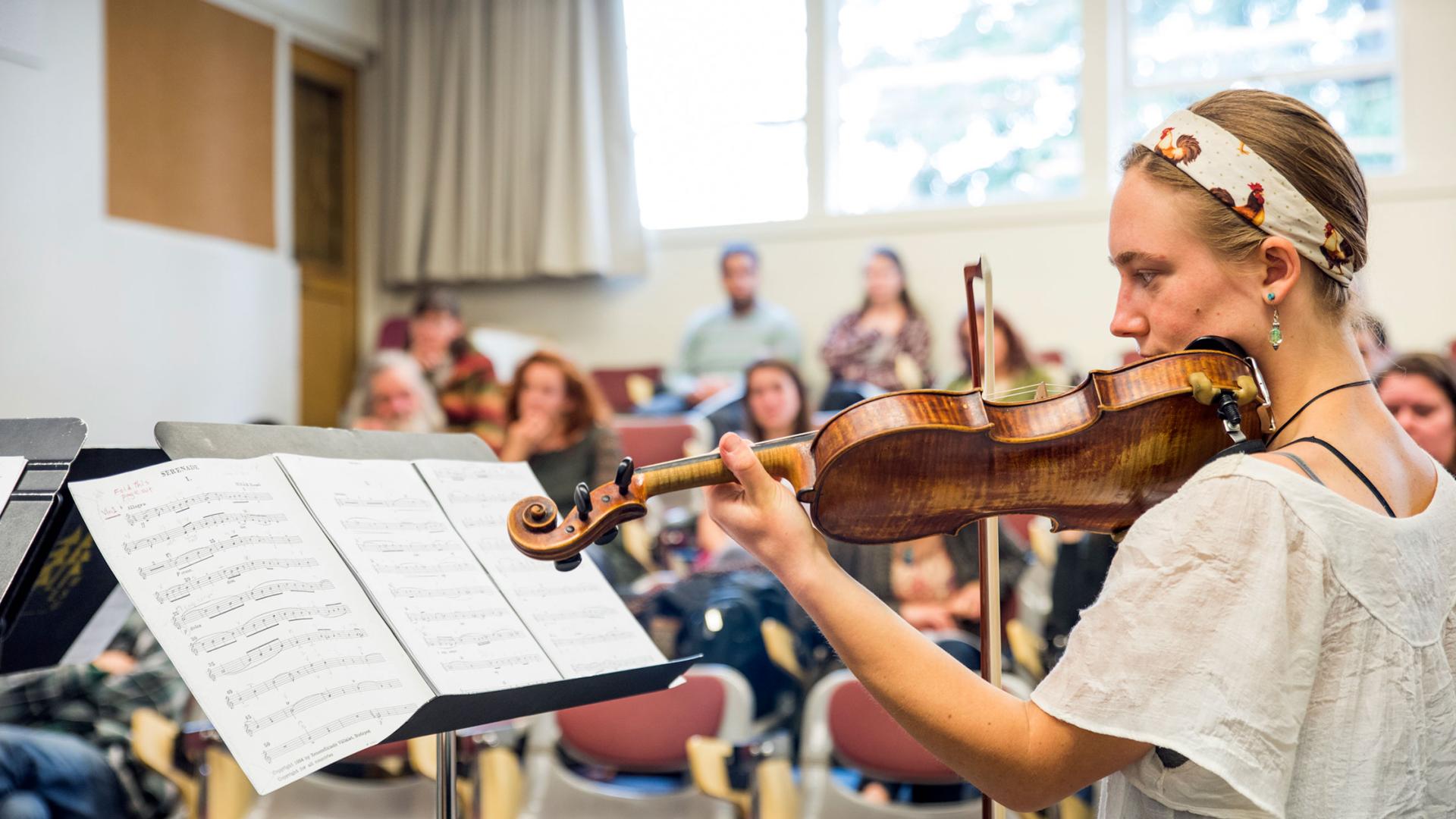Wildlife Biologist, Environmental Consultant
Glynn Young
Breadcrumb

Advisor
Jeff BlackGlynn Young, 1995
Thesis:The systematic position of Meller's Duck: a behavioural approach, University of Kent, England.
Biologist, Durrell Wildlife Conservation Trust, Jersey, England
Will Goldenberg
Breadcrumb

Advisor
Jeff BlackGenevieve Rozhon
Breadcrumb

Advisor
Jeff BlackGenevieve Rozhon, 2018
Thesis:
Environmental Consultant, Wildlife Biologist
Elizabeth Morata
Breadcrumb

Advisor
Jeff BlackElizabeth Morata, 2018
Thesis:
GIS Specialist III, Division of Wildlife, Georgia Department of Natural Resources
Kachina Rowland
Breadcrumb

Advisor
Jeff BlackKachina Rowland, 2020
Thesis:
Trinity Tippin
Breadcrumb

Advisor
Jeff BlackTrinity Tippin, 2017
Thesis:
Wildlife Biologist, US Fish & Wildlife Service
Jeff Zirpoli
Breadcrumb

Advisor
Jeff BlackJeff Zirpoli, 2011
Thesis:
Wildlife Biologist, Environmental Consultant
Emily Bjerre
Breadcrumb

Advisor
Jeff BlackEmily Bjerre, 2007
Thesis:
Wildlife Biologist, US Fish and Wildlife Service
Gina Culver
Breadcrumb

Advisor
Jeff BlackGina Culver,
Thesis:North American river otter (Lontra canadensis) seasonal prey selection of waterbirds based on availability and vulnerability
This study will build on previous and ongoing research aimed at understanding prey selection of waterbirds by river otters and patch level predation pressure within wetland marshes on the shores of Humboldt Bay, California.Based on the seasonal abundance hypothesis we will investigate whether otters are taking certain types of birds in relation to their seasonal availability in the environment. We will do so by comparing capture success determined from identification of feathers in scat samples with numbers and types of birds present in the study area. Based on the ease of capture hypothesis we propose to measure vulnerability by understanding the occurrence of antipredator tactics in terms avoiding predation by river otters in the primary targeted species reported by Cosby and Szykman Gunther (2014): American coot, bufflehead, and dabbling ducks, (Anas and Spatula sp.). We will test whether otters capture and consume birds according to birds’ vulnerability using factors like readiness to take flight (flight-initiation distance), use of cover, group defense (clustering), or alarm calling. In addition to indicating how many and what type of birds are taken by river otters, we will describe the birds’ response to predation events in terms of patch use and recovery time after predation events. Primary consumers, including predators in a wetland ecosystem play an important role in total wetland functionality (Moore and Schmitz 2021). Our goal is to understand more about predator-prey dynamics between river otters and waterbirds in wetland systems.
Began Fall 2022.
Kelly Commons
Breadcrumb

Advisor
Jeff BlackKelly Commons, 2017
Thesis:
Wildlife Biologist





